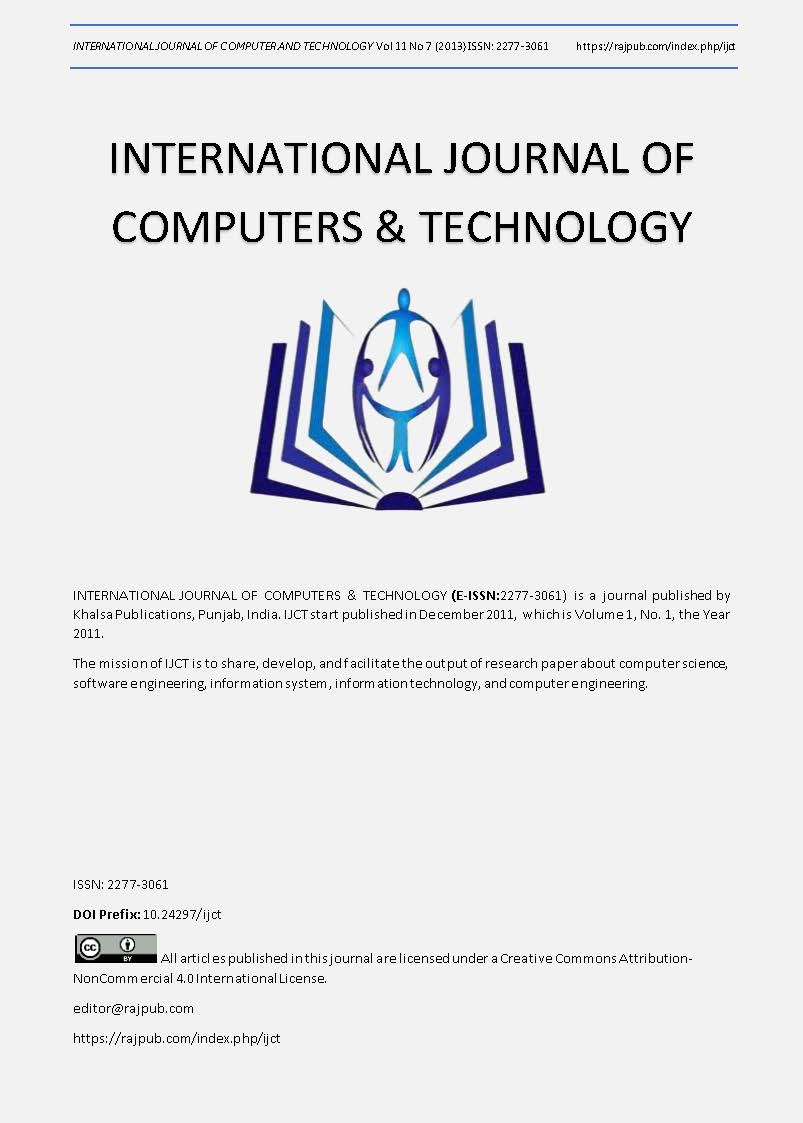Binary Quantum Communication using Squeezed Light: Numerical, Simulation, and Experimental Resuts
DOI:
https://doi.org/10.24297/ijct.v11i7.3490Keywords:
Squeezed light, Quantum binary communicationAbstract
In this paper, the squeezed quantum state is generated using an optical parametric oscillator via a spontaneous parametric down conversion technique to investigate squeezed states with quantum noise in one quadrature below the standard quantum limit at the expense of the other. The setup involves four main parts: generation of Nd-YAG second harmonic via a ring resonator, squeezed cavity with a nonlinear crystal inside to generate the squeezed state, Pound-Drever-Hall technique to stabilize the laser in the squeezed cavity and balanced homodyne receiver with high efficiency to detect the squeezed state. A comparison in error probability is addressed between the quantum coherent classical and the quantum squeezed non-classical state in the presence of thermal noise and the dissipation. It is found that with extremely low number of photons, the squeezed state is robust against channel noise.









